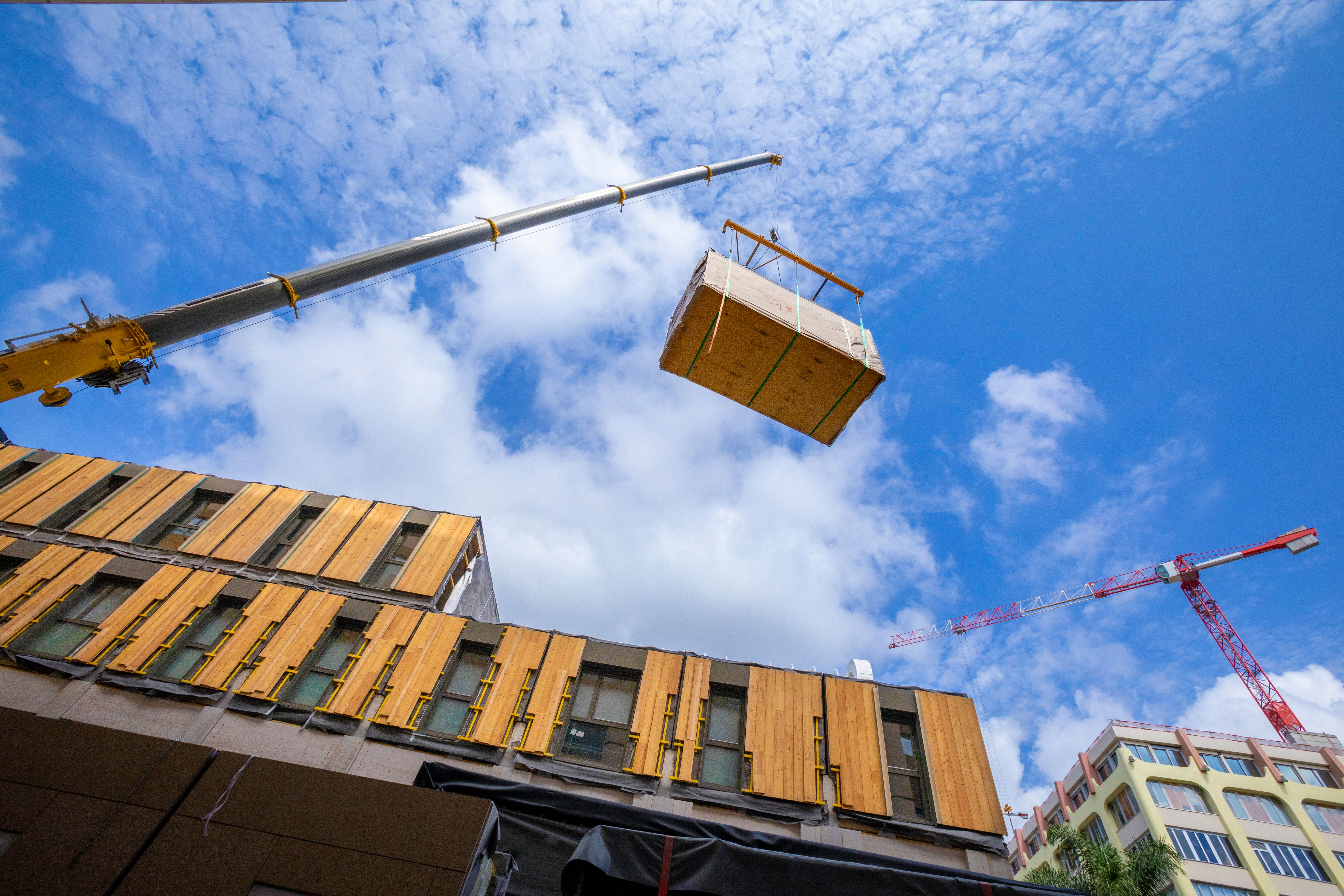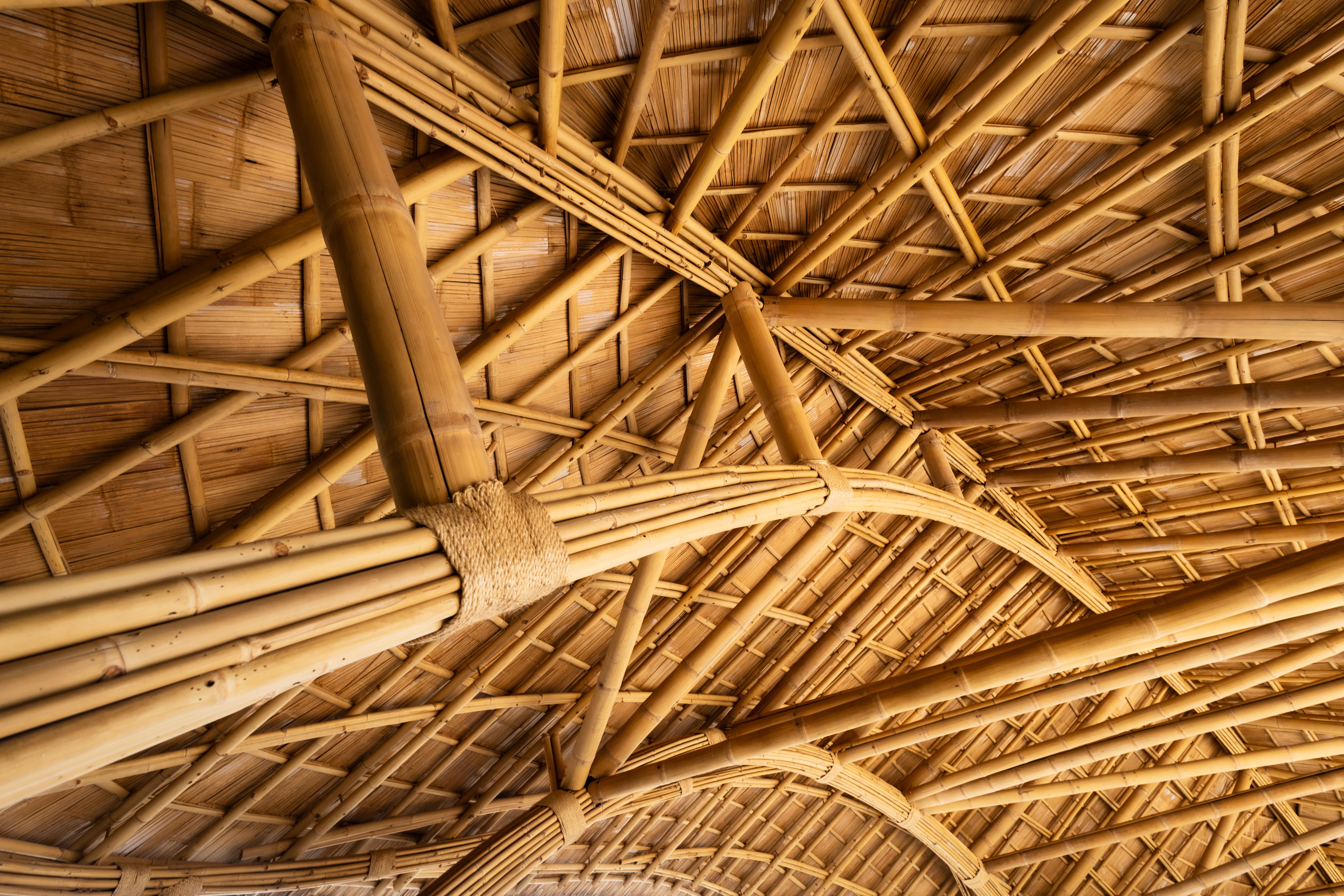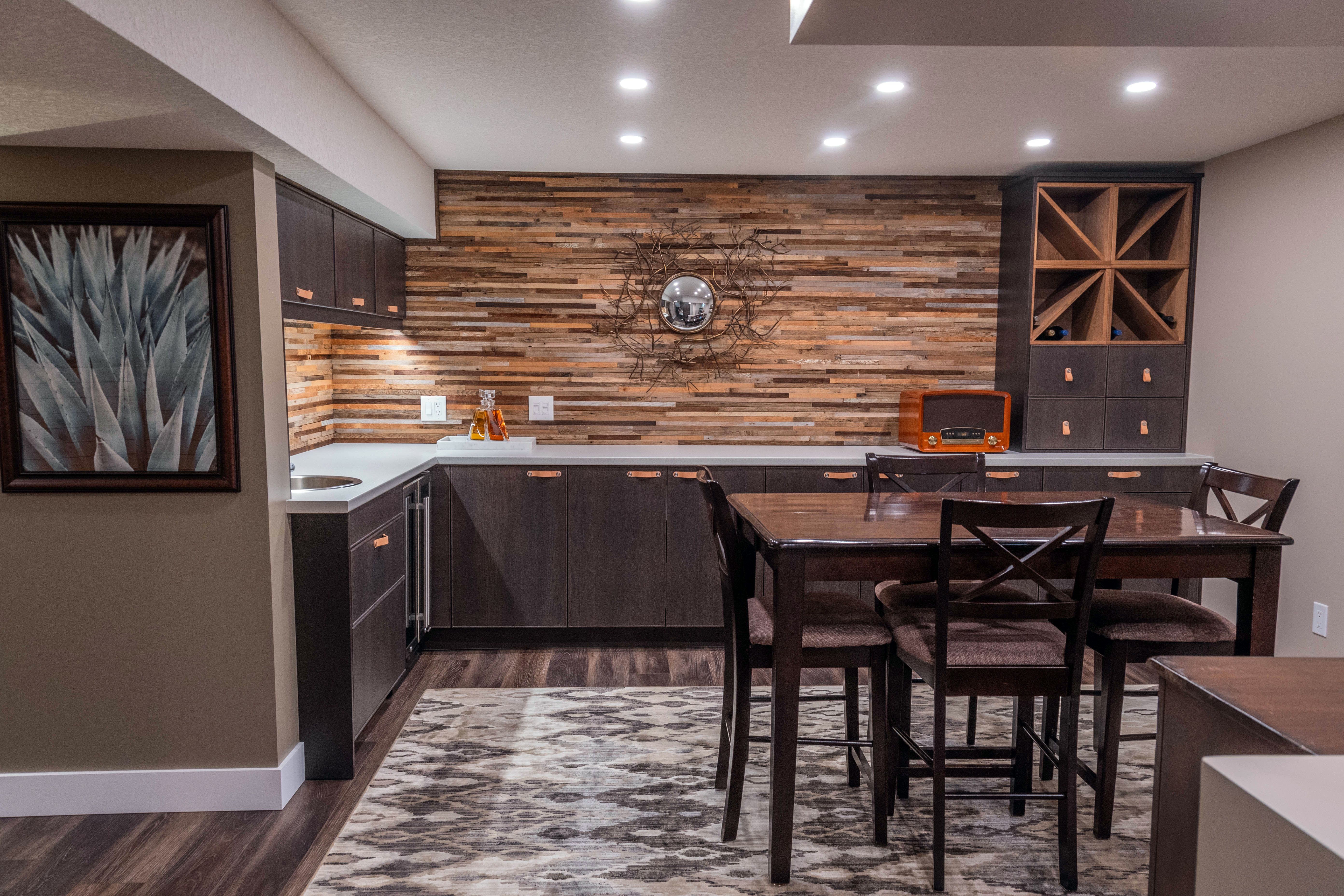Sustainable Construction Trends: Eco-Friendly Building Materials for 2024
Introduction to Sustainable Construction
The construction industry is undergoing a transformative shift towards sustainability as environmental concerns take center stage. In 2024, eco-friendly building materials are at the forefront of this movement, offering innovative solutions that reduce environmental impact while enhancing the quality and durability of structures.

The Rise of Green Building Materials
One of the most significant trends is the rise of green building materials. These materials are not only environmentally friendly but also economically viable. They include a wide range of options from recycled materials to sustainably sourced wood, all designed to minimize carbon footprints and reduce waste.
Bamboo: A Versatile Option
Bamboo is gaining popularity as a sustainable alternative to traditional timber. Known for its rapid growth and renewability, bamboo is incredibly strong and versatile. It is used in various applications, from flooring to structural components, offering a sustainable solution without compromising on quality.

Recycled and Reclaimed Materials
Recycled and reclaimed materials are becoming staples in sustainable construction. By repurposing existing materials, builders can reduce the demand for new raw materials and decrease landfill waste. Commonly used recycled materials include steel, glass, and concrete.
Reclaimed Wood
Reclaimed wood is particularly popular for its rustic charm and unique character. Sourced from old barns, factories, and warehouses, this wood is given a new lease on life in modern construction projects, offering both beauty and sustainability.

Innovative Insulation Solutions
Insulation is critical in maintaining energy efficiency in buildings. In 2024, sustainable insulation materials are becoming more diverse. Options like sheep's wool, cellulose, and aerogel are providing effective thermal performance while being eco-friendly.
Cellulose Insulation
Made from recycled paper products, cellulose insulation is an excellent choice for those looking to enhance their building's energy efficiency. It offers superior thermal performance and sound insulation while being biodegradable and non-toxic.

Biodegradable and Low-Impact Materials
New biodegradable materials are emerging as viable options for sustainable construction. These materials break down naturally over time, reducing the long-term environmental impact of buildings. Examples include bioplastics and mycelium-based composites.
Mycelium Composites
Mycelium, the root structure of mushrooms, is being harnessed to create strong, lightweight composites that can replace conventional materials. These composites are fully biodegradable and can be used in everything from insulation to furniture.

Conclusion: The Future of Eco-Friendly Construction
The future of construction lies in embracing these sustainable trends. By integrating eco-friendly building materials into projects, we can create structures that are not only environmentally responsible but also cost-effective and durable. As awareness grows and technology advances, the possibilities for sustainable construction will continue to expand, paving the way for a greener, more sustainable world.
